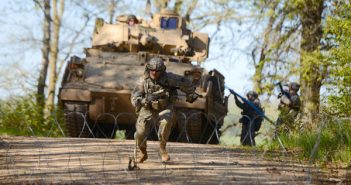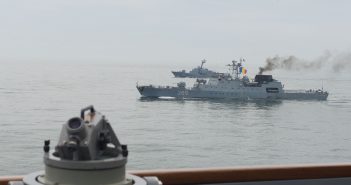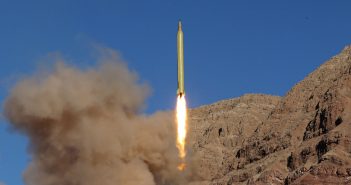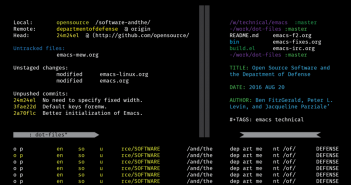
AEI: A New Defense Strategy and Plan to Rebuild America’s Military
This fall, a team of scholars and researchers from AEI’s Marilyn Ware Center for Security Studies participated in an exercise, hosted by the Center for Strategic and Budgetary Assessments, to develop an alternative defense strategy for the United States and change the military’s capacities and capabilities accordingly. Guided by the Marilyn Ware Center’s October 2015 report To Rebuild America’s Military, the team called for a rapid reinvestment in and expansion of the US military and modeled the defense planning process over two five year periods: fiscal years 2018–2022 and 2023–2027. The presentation details the team’s conclusions and methodology.









